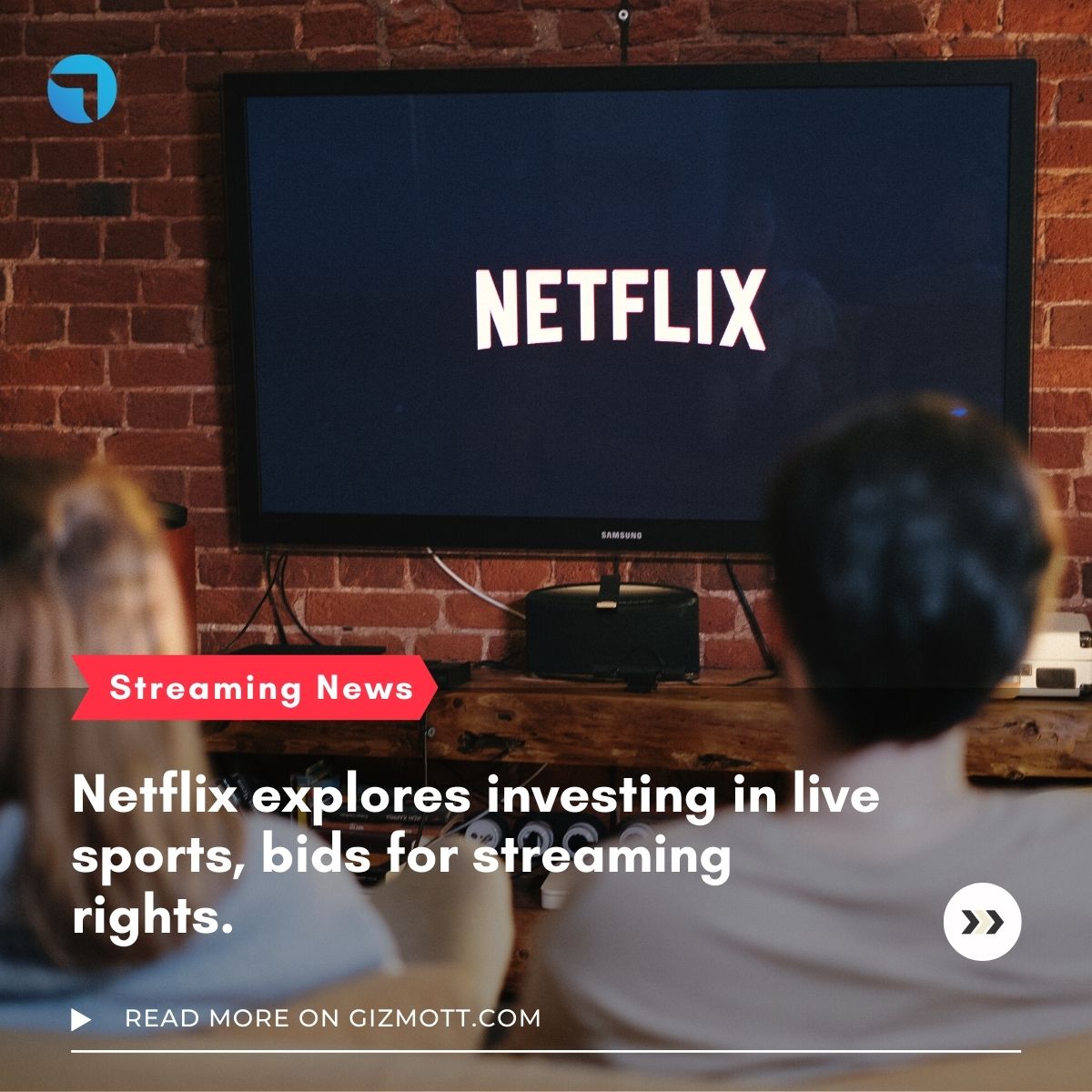Fox works with Comscore to target local TV advertisements.
The addition of Comscore’s advertising currency by Fox to its local advertising toolset will provide Fox’s owned and operated TV stations with extra metrics for audience identification and ad targeting. This agreement was made public on Monday by Comscore, which claimed that Fox began accepting its ad currency as a result of the growing datasets in its local TV measurement system.
Tom Fleming, SVP of station sales at Fox Television Stations, was reported in the news release of the audience measurement company from Reston, Virginia, as attributing the 84% increase in the number of reportable households in Fox markets over the previous six years to Comscore. This agreement comes in the wake of a recent flurry of media businesses declaring that they will add or investigate adding Comscore’s ad currency as a replacement for Nielsen measurements, which have lost favor due to questions about their accuracy.
For instance, WarnerMedia mentioned Comscore as a potential post-Nielsen measuring partner in January. Comcast’s Effectv division of ad sales announced in April that it would share local audience data from Comscore with clients, and Xandr unveiled a new multi-currency framework for linear ads that offers Comscore data as an option. Additionally, in June, Horizon Media, a privately held provider of media services, announced that it will examine the “rigor, stability, and viability” of Comscore’s local audience statistics. Click here to read more.
Dish Launches SeaChange, Beachfront Real-Time Programmatic Ad Sales.
Using real-time programmatic technology it created with Beachfront and Seachange International, Dish Media claimed it is enabling advertisers to access national linear TV inventory. The technology gives consumers greater flexibility and enables them to plan their linear purchases alongside their digital and over-the-top purchases for a more complete picture. According to the firms, it will also attract a wider range of consumers to linear TV.
Dish Media senior VP Kevin Arrix said, “Pioneering this new capability is another step in our quest to offer more open and interoperable solutions for our advertisers. The television industry is changing, and using programmatic technology to provide our premium linear TV programming is a step in the right direction.
According to Dish, Viant is the first demand-side platform to leverage the new technology. “This exciting new offering is a great option for digital-first buyers who want to expand their reach and take advantage of Dish’s linear footprint,” said Jonathan Ahuna, senior VP of operations, Viant. 7 million households are covered by Dish’s National Linear Programmatic capabilities thanks to Beachfront’s sell-side ad serving designed for convergent TV and Seachange’s video distribution and ad insertion services.
Chris Maccaro, CEO of Beachfront, noted, “Advertisers are always looking for the quickest, most cost-effective way to spend their resources. A lot of fresh flexibility will be offered by having access to DISH TV’s national linear TV inventory and the resources necessary to launch a campaign in a single day.” Click here to read more.
Conviva reports a rise in streaming for the second quarter as smart TV usage rises.
Worldwide streaming time increased by 14%. Streaming in the more developed North American market increased by 5% after doing so in Q1 as well. Streaming usage increased by 90% in Asia and by 70% in Latin America. The majority of streaming hours take place on large displays, either with connected devices or smart TVs. For the eighth consecutive quarter, smart TVs, which saw growth of 31.4%, were the device category with the fastest global growth rate, accounting for 35.3% of global viewing. 34.6% of streaming was handled by connected TVs, an increase of 2.8%.
In North America, smart TVs and linked devices account for 37.6% of viewing. With a share of 23.1%, Roku led all device manufacturers in the world of streaming. With 12.1%, Amazon’s Fire TV came in second. Then came Apple tablets, Apple TV, Apple, LG, Samsung, and Android TV.
Hours on Roku increased by 3.8%. Roku has the highest industry share in the United States at 32.6%. Then came LG TV, Samsung TV, Apple iPhone, and Amazon Fire TV. Conviva claimed that while some indicators showed an increase, others showed a degradation in streaming video quality. Although there was less buffering and bitrates were higher, videos took longer to start.
The average number of minutes spent watching a video was 20.8 internationally and 22.3 in North America. Conviva used information from its unique sensor technology, which is currently incorporated in 3.3 billion streaming video applications, to create its research. More than 500 million unique viewers watch 180 billion streams annually, and there are more than 180 nations represented in the measurement of approximately 2 trillion real-time transactions every day. Click here to read more.
Western Europe to see continued SVOD growth.
Six U.S.-based platforms, including Netflix, Amazon Prime, Disney+, Paramount+, HBO Max, and Apple TV+, will control 81 percent of all SVOD subscribers in Western Europe by 2027, according to the company’s most recent statistics. Netflix will have 62 million customers by 2027, a growth of 3 million from 2021. Due primarily to increased competition, subscriptions are flat for 2022. By 2027, Netflix’s percentage of the market will have decreased from 36 percent to 26 percent.
By 2027, Amazon Prime Video is anticipated to have 60.3 million subscribers in the region, although Disney+ is anticipated to have 46 million subscribers by then, an increase of 20 million from 2021. According to projections, HBO Max will get an additional 5 million members, and newcomer Paramount+/SkyShowtime will gain 11 million. The increase in subscriptions will cause Western European SVOD revenues to reach $25 billion by 2027, up from $16 billion in 2021, and the UK will continue to lead the region in terms of SVOD revenue.
Netflix is expected to gradually lose SVOD revenue, and according to Digital TV Research, the company will switch its most affordable tier to a less expensive hybrid AVOD-SVOD tier. The analyst also thinks that the company’s AVOD sales will more than make up for any SVOD revenue shortfall. Although its percentage of the total will decrease from nearly half in 2021 to a third in 2027, Netflix will continue to lead the SVOD revenue race. Click here to read more.
Roku's upcoming UI updates reflect how complicated the streaming options have become.
With the most recent software update, finding entertainment to stream on Roku devices has never been easier, whether you’re looking for a new movie or want to finish a show you’ve already begun. In a news conference that was webcast via Zoom on Thursday, Preston Smalley, vice president of viewer product, said, “It’s easy to get distracted when there’s so much to select from.”
Roku wants to reduce the cognitive-load penalty that viewers incur when their viewing options expand but their free time does not. With these new capabilities, some of which will be available with version 11.5 of its operating system in a few months, Roku hopes to do just that.
In addition to a brand-new content discovery tool called The Buzz, Roku OS 11.5 brings two changes to What to Watch: Continue Watching and an extended platform-wide Save List. Roku Voice and Bluetooth Private Listening functionality are both enhanced by the automated firmware update. Roku is also introducing two changes to its home page, beginning with a redesigned Roku Store, which the company’s press release calls “a more visual, immersive destination” where users can look up and explore both free and premium channels. Additionally, it will provide category-based navigation.
However, these interface updates do not affect the privacy settings that Roku customers can employ to restrict the collection of information about their watching habits, which is a crucial component of its targeted advertising business. Click here to read more.




